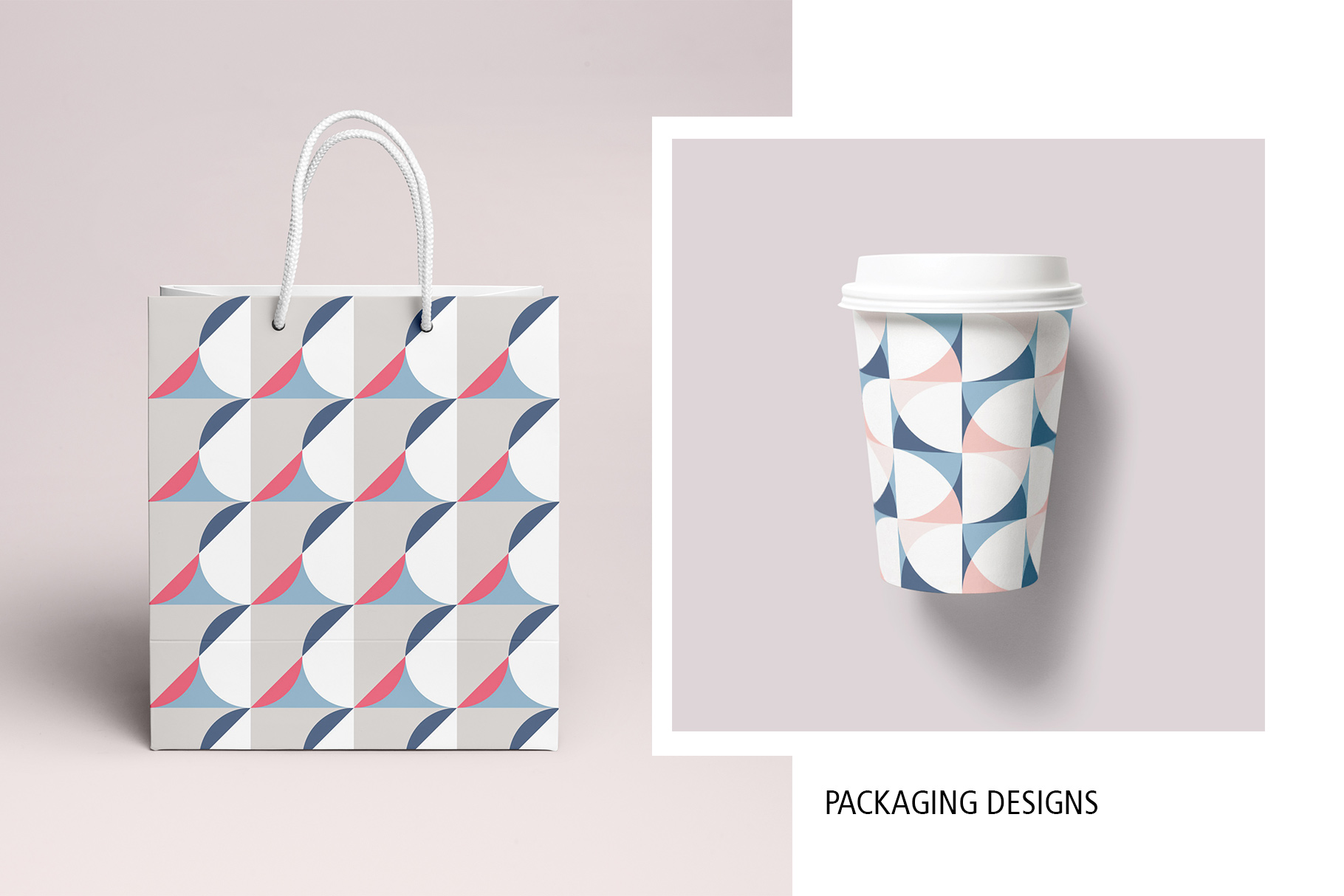
The tone map indicates a simple, yet appealing set of lines and tones.īelow is another famous photograph, this time by the Master Photographer Arnold Newman, Igor Stravinsky, 1946. Texture is non-existent and any volume in the image is generated by tonal changes determined by the angle of the surface. In this image, Weston is obviously playing with the shapes as geometric planes in space. Her size and placement within the frame balance the otherwise expansive mass of shapes and tones. The woman’s organic dark form counters the geometric lines and lighter tones of the space. Is the woman, Betty Katz, leaning against the wall? Or is she looking at it head-on, while being separated from another space on the far side of the projection? A third reading could be of the entire wall being perfectly flat with an abstract design painted on it. The framing of the image presents the viewer with an ambiguous space where we don’t know if the central dark form is projecting forward into the space or receding toward the left due to the the figure-ground flip-flops. This is an image that uses shapes almost exclusively in its design. It also seems to echo some of the modernist notions of space that were explored in the two decades leading to the production of this image. This is clearly a transitional piece borrowing from Pictorialism and touching on elements of gestalt. It was during this transitional time that Edward Weston took this early masterpiece of composition, Attic, Glendale, California, 1921. Some of the influences drawing photographers away from Pictorialism were Dadaism, Cubism and a move toward images in sharp focus. In the first decades of the 20 th Century photography was moving away from Pictorialism, the trend of photographers attempting to imitate painterly effects in photos, mostly through soft focus and romantic subject matter. This results is the illusion of three-dimensions in a two-dimensional space. To change a shape to a form, dimension must be created by the addition of tone or color transitions within the shape. In the three-dimensional world, the basic geometric forms are cube, sphere, pyramid, cylinder and cones. Shape is to form as a square is to a cube. Formįorm is the three-dimensional counterpart to shape. There are also more the more complex organic shapes we see in natural and man-made objects, such as the silhouette of leaves, trees, cars or other everyday objects. Shape is the foundation of form.

All other geometric shapes are some combination of these three. In the two-dimensional world, there are three simple geometric shapes – the square, the triangle, and the circle. Shape is the brains attempt at resolving an object as recognizable (logical) to one’s experience. Shape occurs when tone or color fills the area between lines. In combination, these other elements form the shapes we see in a work. The actual defining of shape is done by other elements of design: line, space, value, or color.


 0 kommentar(er)
0 kommentar(er)
